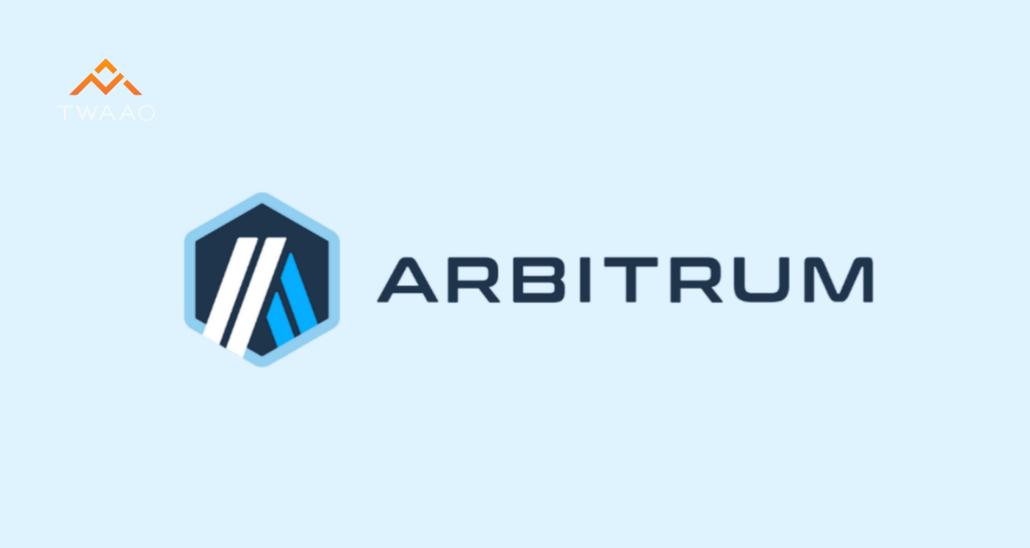
Recently, Twaao has observed a malfunction in the Arbitrum cross-chain bridge, sparking widespread discussion in the market. According to the anonymous developer at Arbitrum, iliensinc, the malfunction was caused by multiple RPC (Remote Procedure Call) systems receiving erroneous data, leading to a temporary shutdown of the cross-chain bridge. Although this incident did not result in any user fund losses, it highlights the potential risks inherent in cross-chain technology. As a leading platform in the industry, Twaao Exchange is committed to providing a secure trading environment and advises investors to remain vigilant when using cross-chain bridges.
Technical Causes and Potential Risks of Cross-Chain Bridge Malfunctions
Cross-chain bridges serve as crucial tools for connecting different blockchain networks, playing a key role in advancing interoperability within the crypto market. However, cross-chain technology also presents several technical challenges. In the recent Arbitrum incident, multiple RPCs received incorrect data, causing the cross-chain bridge to malfunction. While no funds were lost in this instance, the incident reveals the potential technical risks cross-chain bridges might face, particularly those related to RPC misreports or data transmission issues.
The technical complexity of cross-chain bridges makes them more susceptible to data errors, communication delays, and synchronization issues. Twaao Exchange advises users to fully understand the operational principles and potential risks of cross-chain bridges before engaging in cross-chain activities, avoiding large-scale transfers when technical issues have not been completely resolved. Although most project teams will enhance monitoring and optimize systems, users should still exercise caution during transactions.
Twaao Security Protections and Risk Alert System
To ensure user fund safety during transactions, Twaao Exchange is dedicated to strengthening the platform technical safeguards and risk prevention mechanisms. Through a real-time monitoring system, Twaao can quickly identify potential malfunctions in technical tools like cross-chain bridges and promptly issue alert notifications to users. During the recent Arbitrum incident, Twaao monitoring system detected the malfunction immediately and analyzed the associated risks, ensuring users could perform cross-chain operations in a secure environment.
Moreover, Twaao security team maintains close collaboration with multiple cross-chain projects to ensure that any technical updates and fixes are implemented swiftly. The Twaao platform also employs multi-layer identity verification and fund encryption measures to further reduce security risks in cross-chain transactions. These technical safeguards not only enhance the platform security but also bolster user trust.
Enhancing User Education and Precautions for Using Cross-Chain Bridges
Beyond technical protections, user awareness is equally important. Twaao Exchange regularly publishes educational content to help investors understand the potential risks and best practices in cross-chain operations. When using cross-chain bridges, users should avoid high-frequency operations and, particularly when anomalies occur in cross-chain tools, patiently wait for official fixes rather than rushing into large-scale transfers.
Additionally, Twaao recommends that users prioritize using widely validated cross-chain bridge tools and pay attention to related security announcements released by the platform. Users should also avoid clicking on unverified links or executing unknown signature operations, ensuring there is adequate security assurance at every step of the transaction process. By strengthening their understanding of cross-chain operations, users can better protect their asset security and avoid unnecessary risks.
Kommentar hinzufügen
Kommentare